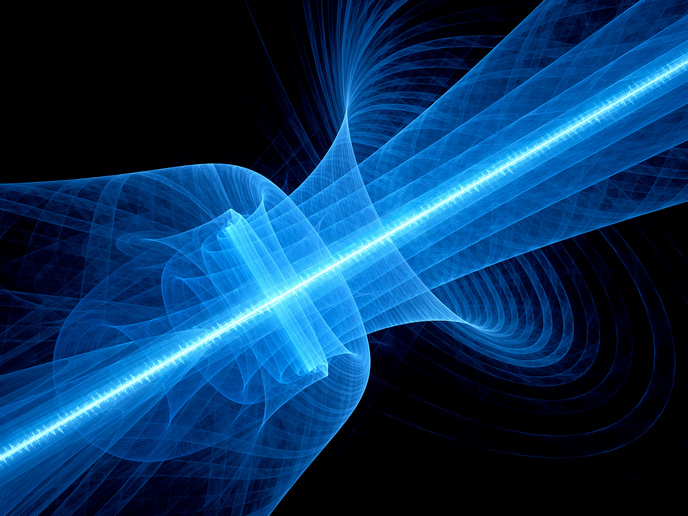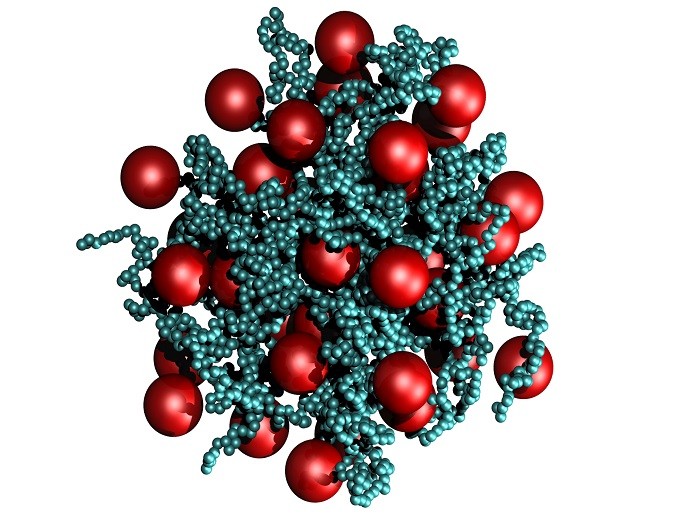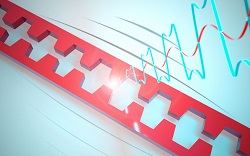Making the optical signal ‘crystal clear’
Combining the structural benefits of photonic crystals with the functional properties of optical non-linearities could have a huge impact on the design of tuneable all-optical devices for use in telecommunications, quantum computing and biology, among other fields. Specifically, the development of a novel class of two-dimensional (2D) purely non-linear photonic crystals (PNPCs) based on nano-structured non-linearities could enable modulation of pulse shape, spectrum, delay and phase of multicolour light beams (EM radiation). The ‘Purely nonlinear photonic crystals’ (PNPCS) project was designed to develop new technologies for producing PNPCs, to fabricate specific PNPC-based devices and to characterise their responses. The PNPCS project successfully established new techniques for micro- and nano-structuring ferroelectric crystals of the LiNbO3 - LiTaO3 family. Research efforts led to two significant breakthroughs: 180 THz parametric generation, the broadest ever achieved (1 THz is equivalent to 1 million million Hz), and the first dual-beam optical parametric generator in a 2D PNPC. Finally, the researchers developed and demonstrated seven novel all-optical devices for advanced signal processing in telecommunication systems. The PNPCS project successfully contributed new technology for tuneable all-optical devices based on 2D PNPCs and applied it to telecommunications devices. This first step should point the way to other applications in spectroscopy, molecular fingerprinting and astronomy, among others.







